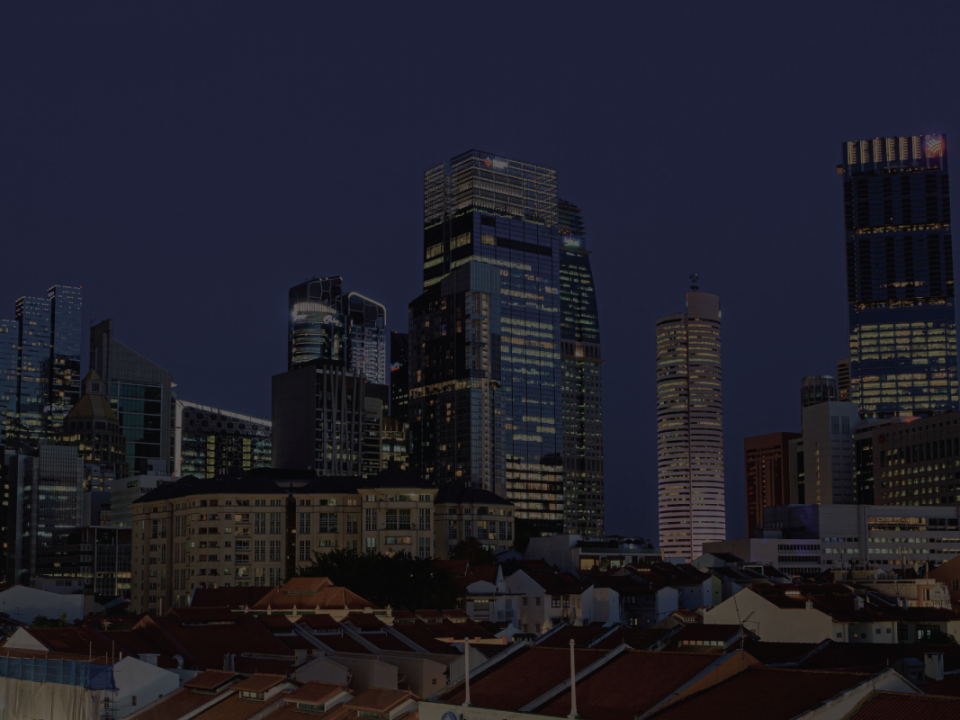
$100 billion to fight climate change: What does it mean?
July 17, 2020
Is P2P Energy Trading the Future of Electricity?
August 5, 2020The Singapore energy story has changed drastically since the nation established the Public Utilities Board (PUB) in 1963. And a great deal over of these changes happened over the last five decades. In the coming years, we can expect more progress in building our country’s energy resilience. We can do so by maintaining a steady supply of energy, enabling greater market competition, as well as adopting cleaner power generation.
Introduction to the Open Electricity Market
The Energy Market Authority (EMA) launched the Open Electricity Market (OEM) in November 2018. Through this exercise, almost all electricity consumers of varying profiles can purchase electricity from participating retailers. To consumers, the players in the OEM are the Electricity Market Company (EMC)’s wholesale electricity market and the 12 OEM-approved electricity retailers.
The EMC allows power generation companies to bid and sell their electricity with fluctuating wholesale prices based on demand and supply. Electricity retailers will settle with the wholesale market for the energy their customers consume.
The OEM has empowered consumers with the freedom to choose their preferred retailers and enjoy significant savings. Now, consumers have three options: an electricity retailer, the wholesale electricity market or SP’s regulated tariff.
Energising the Present
To date, we use natural gas to generation 95% of Singapore’s electricity. Natural gas, being the cleanest form of fossil fuel, will continue as the core energy supply for the foreseeable future.
We are currently heavily-dependent on our neighbouring countries for imports of energy resources. Moving forward, adopting renewable energy options will be the most logical step for us. Renewable energy can resolve Singapore’s energy security problem and reduce our dependence on one source of energy supply. As Singapore's economy and population grow, the demand for electricity is expected to increase too. Thus, the need to address issues of energy security and sustainability is more pressing than ever.
With our relative abundance of sunshine, solar energy is an attractive alternative source of electricity generation. According to The Straits Times, Singapore will increase its built solar capacity by more than seven times from current levels to increase solar power generation to meet 4% of consumption by 2030.

Figure 1 Chapter X of the Singapore energy story: Tengah Reservoir Test-Bed (Credits: Today)
In 2016, Singapore’s Minister for the Environment and Water Resources Masagos Zulkifli launched the world's largest floating solar photovoltaic (PV) cell test-bed in Tengah Reservoir. This test-bed was launched to study the performance and cost-effectiveness of the ten different solar PV systems. In a few years, we will be on track for this test-bed to generate enough energy to power 16,000 four-room Housing Board flats. Across our small island, there are over 2,000 solar panel installations on HDB blocks, with more to be deployed in the coming years. To date, Singapore has met its 2020 solar target of 350 megawatt-peak (MWp). Since solar energy generation is dependent on area, Singapore's land constraints remain a challenge. This sticky situation begets the question: what's the next best solution?
Powering the Future
Adopting more solar PV systems will increase the energy yield per square meter. However, we need policies and processes to reduce the friction of bringing this energy to the market.
That's where Electrify comes in. With our peer-to-peer (P2P) energy trading platform – Synergy – we can connect energy producers and consumers directly across a utility-scale grid. In partnership with Senoko Energy and ENGIE Factory, we developed SolarShare, Asia's first commercial P2P platform powered by Synergy.
With SolarShare, we can trade energy through Singapore's country-wide power grid between prosumers and consumers. Participants will have access to a real-time dashboard to monitor their energy flow too.
Households and businesses with installed solar panels can sell their excess solar energy to consumers with better returns. Consumers can use SolarShare to purchase sustainable green energy at competitive prices while supporting their local solar energy provider.
With SolarShare and Electrify's underlying Synergy technology, we have a solution to encourage the growth of solar power in Singapore. A more dynamic energy market can increase the demand for sustainable energy from a higher velocity of energy transactions. This, in turn, will drive demand and subsequent supply of solar PV systems and encourage new business models.
The Singapore energy story is an ever-changing one and the drive to a sustainable future isn’t just a government-led mandate. Through the proliferation of decentralised systems like small-scale solar PV, this drive will be a grassroots-led revolution. Combined with P2P, we hope to grease the wheels of progress to get us closer to our sustainable future, faster.

